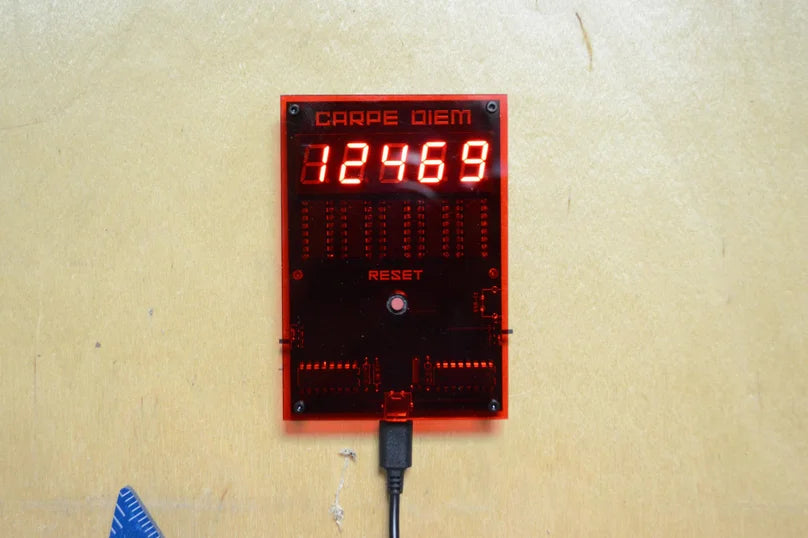
Make every second count with the CMOS Counter Clock
Are you curious about the inner workings of a CMOS Counter Clock? Look no further! In this blog post, we will delve into the details of this fascinating electronic component and how it functions.
What is a CMOS Counter Clock?
A CMOS Counter Clock is a type of electronic circuit that counts the number of clock cycles or pulses it receives. It is commonly used in digital systems to keep track of time, synchronize processes, or measure frequencies.
How Does it Work?
The CMOS Counter Clock operates by receiving clock signals from an external source. These signals are then processed by the circuit to increment or decrement the count based on the rising or falling edge of the clock pulse. The count is stored in a series of flip-flops within the circuit, allowing it to keep track of the number of clock cycles.
Key Features of the CMOS Counter Clock:
1. Low power consumption: CMOS technology allows the counter clock to operate efficiently without draining excessive power.
2. High speed operation: The counter clock can process clock pulses at a rapid rate, making it suitable for high-speed applications.
3. Versatile functionality: The CMOS Counter Clock can be configured to count up, count down, or reset based on the system requirements.
Overall, the CMOS Counter Clock is a crucial component in digital systems, providing accurate timing and synchronization for various applications. Its efficient operation and versatile functionality make it a valuable asset in the world of electronics.

Leave a comment